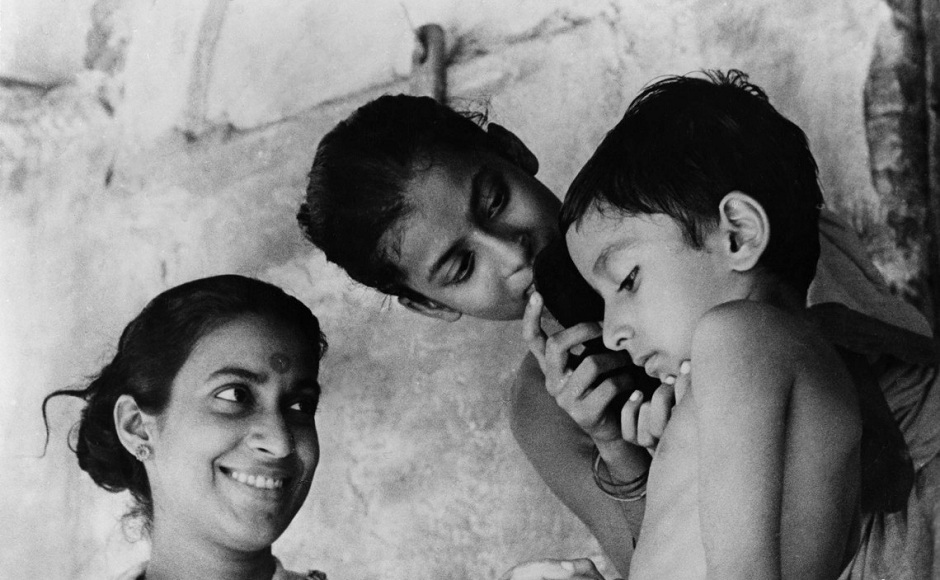Remembering Satyajit Ray's best films on his 97th birth anniversary, from the Apu trilogy to Aranyer Din Ratri
A look at Satyajit Ray’s nine most important cinematic masterpieces.
)
Satyajit Ray's most well-known and argaubly best work came in a poignant meditation on childhood, coming of age, and everyday life in Pather Panchali (1955).
Picking up where Pather Panchali left off, Aparajito (1956) finds Apu turn from an impressionable child to an intellectually curious teenager.
The third and final film of The Apu Trilogy, Apur Sansar (1959) takes a look at Apu's adult life as he tried to make it as a writer.
One of Ray's defining films, Jalsaghar (1958) depicts the decline of a pre-independence era zamindar and patron of classical music, who desperately tries to cling on to a fading way of life.
Mahanagar (1963) is a critique of two clashing value systems between the older and younger generations — tradition and modernity.
Nayak (1966) is a pyschologically complex character study of a popular film star on the brink of his first flop.
Based on a story by Rabindranath Tagore, Charulata (1964) is an aesthetically ambitious film that revolves around a lonely wife and her workaholic husband.
In Aranyer Din Ratri (1970), four bachelors try to escape the bustle of the city by taking a hedonistic holiday in the forest.
One of Ray's more controversial films for its alleged anti-Hindu bias, Devi (1960) is a stinging criticism of religion — of orthodoxy and liberalism.